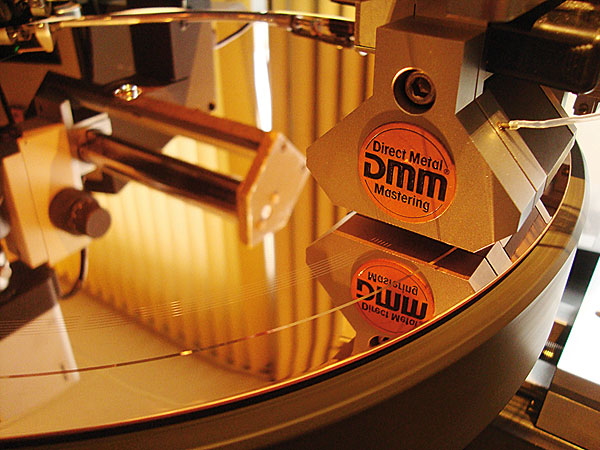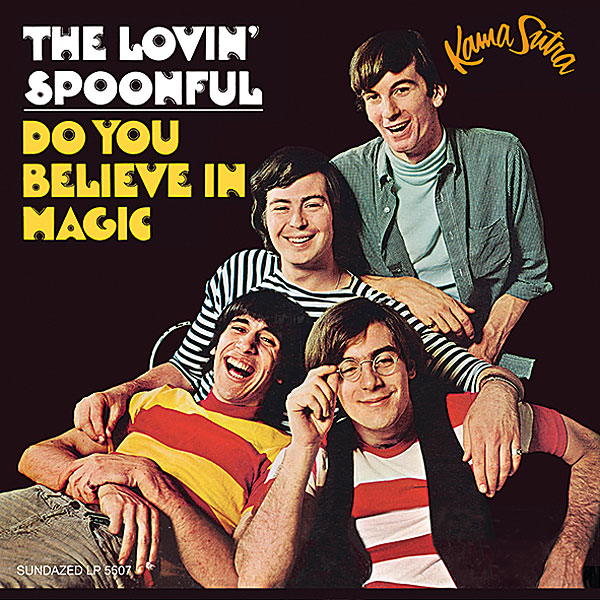Back In The Groove Page 2
It might seem reasonable to assume that most pressing plants operate to a roughly similarly standard, but there can be a big difference in quality, as Mark Powell of Esoteric Records explains:

'We do 180g as a minimum and I'm fussy about getting the vinyl and lacquers cut at Abbey Road as you tend to get a much better sounding record. I don't necessarily trust some of the factories to do a good job in terms of their cuts. When we used some of the European factories we had some serious problems with test pressings. We've been using Abbey Road for six or seven years and never had any problems.

'The process of cutting vinyl itself was a bit of a dying art and I think cutting engineers in the [recent] past were used to cutting dance music rather than something that was more dynamic and required more attention to detail, rather than finding a peak and cutting from there.'
In terms of the weight of pressings, all of the above three companies use 180g vinyl as a benchmark. Jan van Ditmarsch reckons that although it is difficult to differentiate between 180g and 200g pressings, these weights offer improved response at the high-end compared with standard vinyl. But just as the difference in quality between vinyl and CD is still argued over by some audiophiles, it's not surprising to find that some record labels dispute that increasing the weight of vinyl always translates into improved fidelity.

Price Is Right
Sundazed Records is based in Coxsackie, New York and since its first release in 1989, has specialised in vinyl reissues from the '50s to the '70s. What does the label's Jay Millar think are the sonic differences between 180g vinyl and lower weight pressings?
'Non-existent,' he says. 'When the cutting engineer is cutting the lacquer they have no idea what the weight of a record will be, nor do they care. The grooves are just as deep, just as wide and have zero differences. Our team has over a decade of experience working at pressing plants and can tell you that while 180g records can be less susceptible to warping, they can also be more susceptible to non-fill.'
Non-fill occurs when molten vinyl does not flow fully to produce a well-formed groove and is considered a pressing defect.
'We prefer a standard 150g record, he continues. 'If you want a record to be more at one with the platter then get a good record clamp, not a thicker record.'

It seems now that as well as paying premium prices for hi-res downloads and monthly subscriptions to streaming services, consumers are also willing to pay a 'proper' market price for high quality LPs. This writer bought LPs in the early '90s for £10 a pop without flinching, so it doesn't seem excessive to spend around £20 or the dollar equivalent on a premium quality LP. Sundazed finds that its 7in single and LP box sets, and LP bundles also sell well.
'Everything has always been a little odd with music pricing,' Millar notes. 'Even though CDs have almost always been more expensive than cassettes, cassettes cost more to manufacture. They're mechanical items. The price of vinyl seems right to us. It's a very involved process using petroleum and when you compare the rise in the price of vinyl to the rise in the price of gasoline, it's surprising that vinyl LPs don't cost more than they do.'
However, to put things into perspective, the resurgence of audiophile vinyl is still fairly small-scale. 'You press a run of a thousand, usually – that is the demand for that kind of stuff,' say Mark Powell. 'But you do get albums that defy that, and you can do a lot more.'

Big Business
Music On Vinyl may have started with van Ditmarsch rifling through his record collection, but with the company's growth and expansion the choice of catalogue is now arrived at more democratically.
'After ten years in business Music On Vinyl is a brand that is known throughout the world and so now people are coming to us and asking if we can release this on vinyl,' van Ditmarsch says.
'We have a whole team who are looking after that and we have our own website and people who visit the site can leave suggestions as to what they want on vinyl. We have a list of thousands of titles that people would like to have reissued.'

He gives some examples of the company's releases as 'soundtracks and '70s music, Bob Dylan, Crosby Stills & Nash and Pearl Jam'. One might well assume, then, that Music On Vinyl's customers might be older and, like van Ditmarsch himself, inspired by an early love of vinyl. But it seems that love has crossed the generational divide.

'When we started we thought we were doing it for people 45 years and older, but after one year we saw the age was going down,' he says.
'It was younger people who were very interested. Personally I think it's to do with emotions. Some young people have a small box with all the music of the world on it. But you can't see anything and you can't read anything. Now they have something big in their hands.'


























































